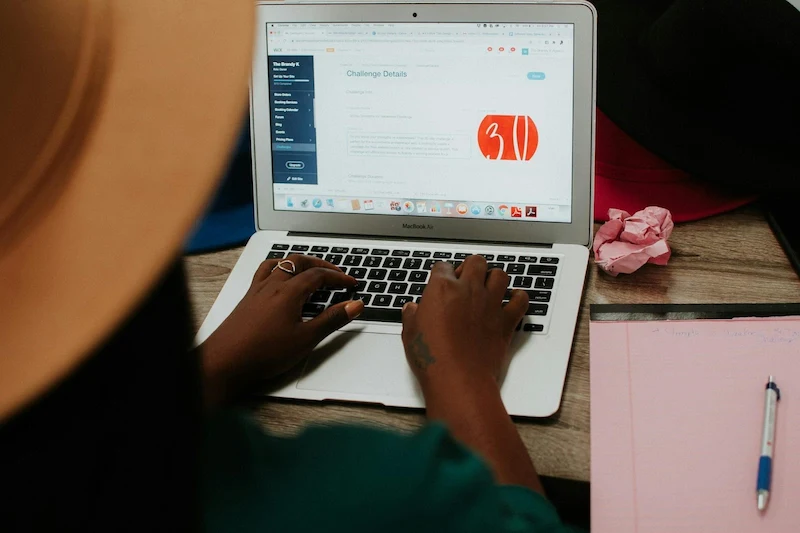Table of Contents
Protecting your personal and sensitive information online has never been more critical. Cybersecurity threats, from phishing scams to data breaches, are constantly evolving, making it essential to stay vigilant and proactive. Taking the right steps to secure your information can safeguard your privacy and prevent unauthorized access to your accounts. Here are some essential tips to help you protect your information in the online world.
Use Secure Networks and Tools
The foundation of online security starts with using safe and reliable networks. Public Wi-Fi, while convenient, can be a breeding ground for hackers seeking to intercept sensitive data. Avoid accessing financial accounts or entering passwords while connected to public Wi-Fi unless you’re using a trusted tool to secure your connection. Whether it’s VPN Pro or another provider, virtual private networks (VPNs) encrypt your internet connection, making it difficult for hackers to intercept your data. By masking your IP address and encrypting your traffic, a VPN provides an additional layer of security, especially when using public networks. Select a reputable VPN provider that guarantees no data logging and offers strong encryption standards.
Strengthen Your Passwords
Weak passwords are one of the most common vulnerabilities in online security. Hackers often use automated tools to guess passwords and simple combinations make their job easier. To protect your accounts, create strong, unique passwords for each platform.
A secure password should have a combination of capital and small letters, numbers, and symbols. Avoid using easily guessed information such as your name, birthdate, or common words. Using a password manager can help you generate and store complex passwords securely, ensuring you don’t have to remember them all.
Enable two-factor authentication (2FA) wherever possible. Adding an extra step, like a code sent to your phone or an app, makes your account safer by requiring more than just a password.
Stay Alert for Phishing Attempts
Phishing scams are one of the most common ways cybercriminals steal sensitive information. These scams often involve fraudulent emails, messages, or websites designed to trick users into revealing personal data such as login credentials, credit card numbers, or Social Security numbers.
Be cautious of unsolicited emails or messages, especially those that create a sense of urgency or ask you to click on suspicious links. Always verify the sender’s email address and double-check URLs before entering any sensitive information. Legitimate organizations will never ask for personal details via email.
If you suspect a message is a phishing attempt, do not respond or click on any links. Report the email to the relevant organization and delete it immediately.
Regularly Update Software and Devices
Outdated software and devices are prime targets for cyberattacks. Developers frequently release updates and patches to fix vulnerabilities that hackers could exploit. Failing to keep your devices updated can leave you exposed to security risks.
Enable automatic updates for your operating systems, browsers, and applications to ensure you always have the latest security patches installed. Pay special attention to updates for antivirus and firewall software, as these tools play a crucial role in detecting and blocking malicious activity.
In addition to software updates, consider upgrading older devices that may no longer receive security patches. Using outdated hardware can compromise your ability to stay protected in today’s digital landscape.
Monitor Your Digital Footprint
Your digital footprint is the collection of information you create and leave online while using the internet. From social media posts to online purchases, this information can be used to build a profile about you, which may make you a target for hackers.
Be mindful of the information you share online. Limit the amount of personal information on public profiles and adjust privacy settings on social media to control who can view your content. Avoid oversharing details such as your location, vacation plans, or financial updates, which could be exploited by malicious actors.
Look up your name on the internet often to check what details about you are visible to others. If you find sensitive information, contact the website administrator to have it removed.
Back-Up Your Data

Backing up your data is an essential step in protecting your information from cyberattacks. Ransomware attacks, in particular, can lock you out of your files and demand payment for access. Regular backups ensure you can recover your data without giving in to cybercriminals.
Use both cloud-based and physical backups to store your files securely. Cloud storage services offer convenience and redundancy, while external hard drives provide an offline option that’s immune to online threats. Schedule regular backups and verify that the copies are complete and accessible.
Protecting your information in the online world requires a combination of vigilance, strong tools, and ongoing education. By using secure networks, strengthening passwords, avoiding phishing scams, and keeping your devices updated, you can significantly reduce the risk of cyber threats. Regularly monitoring your digital footprint and backing up your data further enhances your online security. In a time when data breaches and identity theft are increasingly common, taking proactive steps ensures that your personal and sensitive information remains safe.
Want to explore something different? What Are the Most Common Skin Problems in Dogs and How to Identify Them

